05 June 2021
Nanoscience and nanotechnology are the study and application of extremely small things, about 1 to 100 nanometers, and can be used across lots of application fields, such as chemistry, biology, physics, materials science, and engineering. Tiny particles of silver, for example, are able to release silver ions in a controlled manner when they are applied to textiles for face masks. Another interesting application of nanotechnology is in the pharmacological field, allowing an active compound to be delivered selectively to the target tissue, and making it able to release it in a controlled manner. This methodology, called drug delivery, allows to reduce the doses of drug administered and consequently its possible side effects. These characteristics of nanoparticles explain why they are often used in biomedicine and why nanotech has been rapidly considered an important tool worldwide to fight against COVID-19.
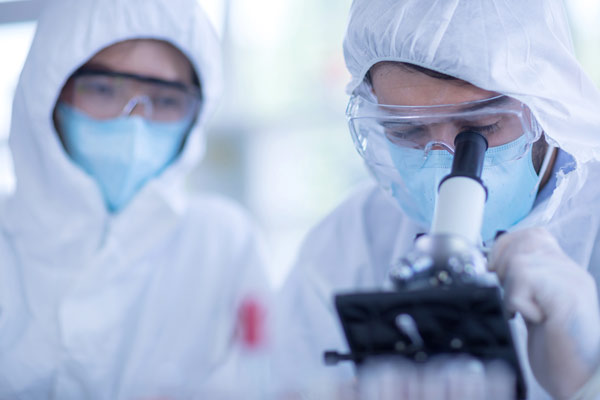
But, have you ever wondered how it is possible to develop innovative solutions in the fight against Covid-19 in a fast and effective way? Well, nanosafety is certainly one key enabler for nano-solutions.
Nanosafety regards the safety issues associated with nanotechnology. Even though nanotechnology has been around for over 20 years, it is still considered a new technology and like many other new technologies, the health effects of some nanomaterials are still posing doubts. Consequently, the uncertainty surrounding the toxicity of nanomaterials merits a cautious approach when working with them. For this reason, discussion on nanosafety will often deal with toxicology, ecotoxicology, exposure assessment, mechanism of interaction, risk assessment and standardisation. The objective of nanosafety is not only to let the products which contains nanomaterials safer, but also to speed up the regulatory process, creating rules for these products. The European Union has invested in nanosafety in the past few years, with the aim to understand to look into safety aspects of manufactured nanomaterials and to facilitate the regulatory process.
The huge progress in nanosafety of the past decade has provided “safety wings” to the development of the most effective nanomedicine-based vaccines against Covid-19, which are now produced and injected worldwide: never before has a vaccine been approved, produced and distributed in less than a year. The speed of the process, an extraordinary scientific victory, has been possible also thanks to the research activity done in the field of nanosafety. The development of specific regulations and the use of protocols already verified on the use of nanomaterials has, in fact, allowed the development of products already safe in the design phase.
ASINA project has been included inside the list of the H2020 project that are tackling coronavirus.
The ASINA coordinator takes part, as deputy leader, to the new launched Task Force of European project BIORIMA, in response to Covid 19 emergency, with the aim to join efforts of both projects and maximise the impact of antimicrobial strategies proposed in ASINA. In response to Covid-19 emergency, ASINA researchers has tested the antiviral activity of silver nanoparticles embedded in hydroxyethyl cellulose (AgHEC, one of ASINA target materials) against SARS-CoV-2. AgHEC has been tested as dispersed state in water, as deposited on woven and nonwoven fabrics and embedded in biopolymer hydrogel scaffold. Results showing that AgHEC has a very encouraging activity against SARS-CoV-2 are under publications.
The activities are proceeding, keep following us to be updated 😉

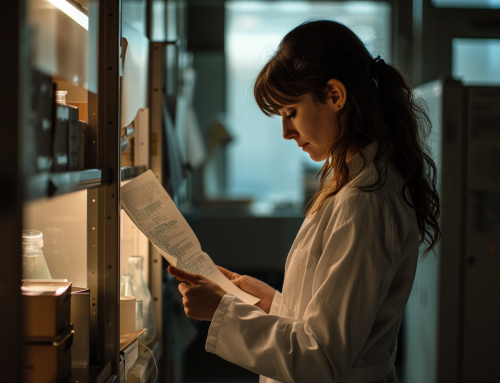
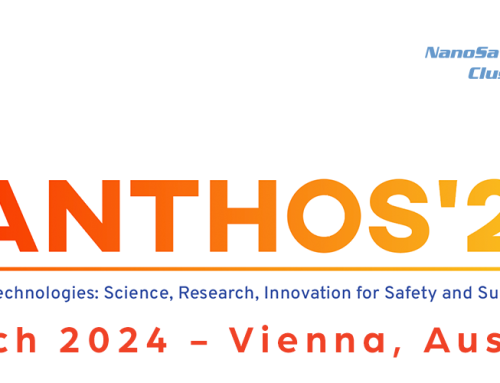
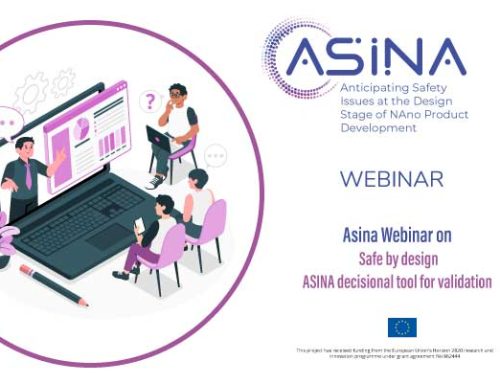

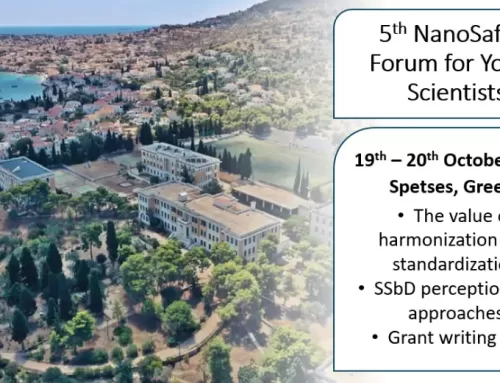
Leave A Comment